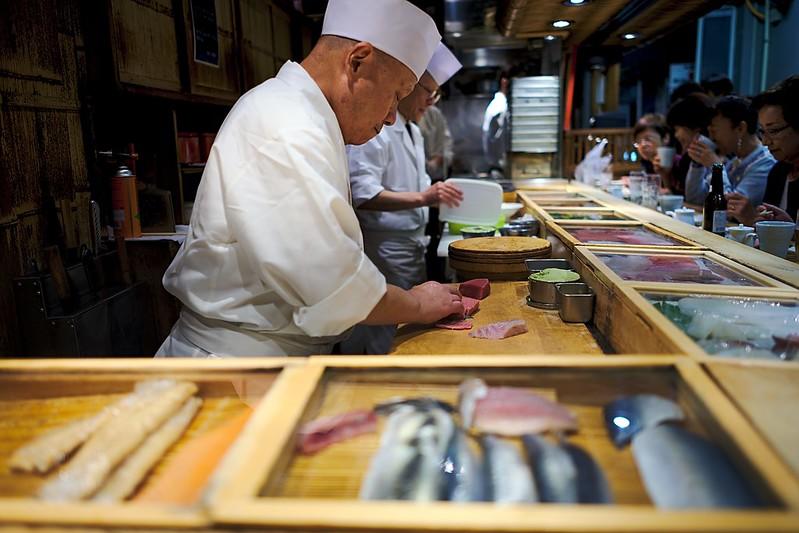Sushi is certainly one of Japan's most iconic dishes, but many people are totally unaware of how many different varieties are actually out there. From hand rolled cones to delicate pressed blocks, each unique style of sushi offers something to suit even the most picky of eaters. Join us as we explore a mouth watering array of types of sushi, their traditional ingredients, and how to recognise them for yourself - whether you're dining in the heart of Tokyo or attending a sushi making class at favorite local sushi bar in London.
| Sushi Type | Shape/Style | Description | Typical Ingredients | Eaten With |
|---|---|---|---|---|
| Maki | Rolled | Rice and fillings wrapped in seaweed, sliced into rounds | Tuna, cucumber, avocado, nori | Fingers/Chopsticks |
| Uramaki | Inside-out roll | Rice outside, nori inside with varied fillings | Avocado, crab, sesame seeds | Chopsticks |
| Nigiri | Hand-pressed mound | Rice topped with raw fish or seafood | Tuna, prawn, salmon, wasabi | Fingers |
| Sashimi | Raw fish slices | Thin cuts of fish served without rice | Salmon, tuna, yellowtail | Chopsticks |
| Temaki | Cone-shaped roll | Hand-rolled cone of seaweed, rice, and fillings | Spicy tuna, cucumber, sprouts | Fingers |
| Inari | Tofu pouch | Fried tofu pockets filled with rice | Sweet tofu, vinegared rice | Fingers |
| Chirashi | Scattered bowl | Bowl of rice topped with colourful ingredients | gg, sashimi, pickles, vegetables | Chopsticks |
| Oshizushi | Pressed block | Rice and toppings pressed in a mould, cut into rectangles | Mackerel, vinegared rice | Chopsticks |
| Gunkan Maki | Boat shaped roll | Oval rice base wrapped with seaweed to hold loose toppings | Salmon roe, chopped fish or sea urchin | Chopsticks |
| Kazari Sushi | Decorative rolled shapes | Artistic rolls sliced to reveal patterns when cut | Egg, vegetables, nori | Chopsticks/Fingers |

Different Types of Sushi
Here's a quick overview of the different types of Sushi you might have heard of either in a restaurant or when attempting to make homemade sushi at home:
Maki Sushi: the Iconic Roll
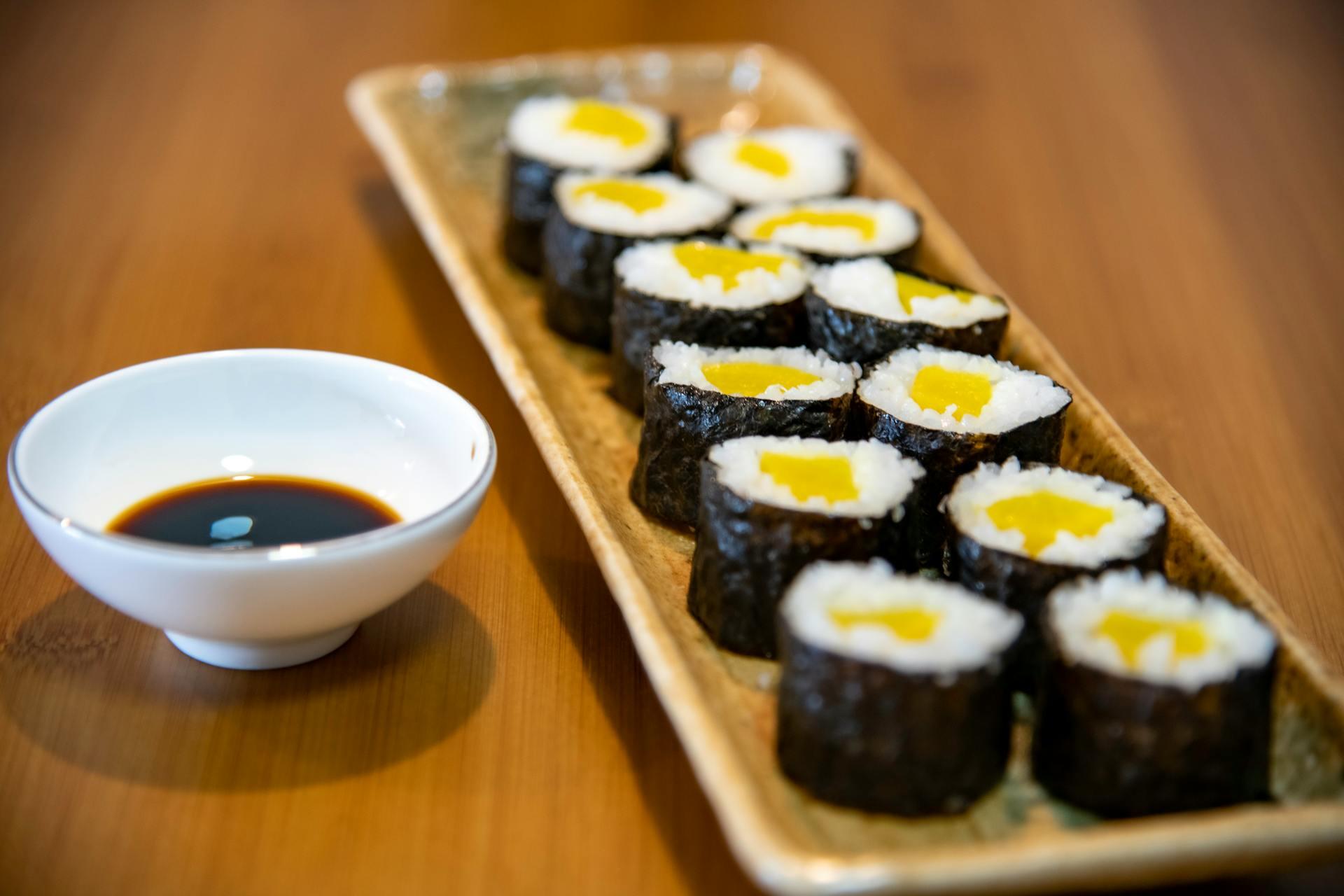
Maki, meaning “roll” in Japanese, is what the average person thinks of when they hear the word sushi. Simply put, it's a neat cylinder of vinegared rice with a central filling wrapped in nori (seaweed) and sliced into six to eight pieces.
Maki is also one of the most widely available types of sushi, being found in supermarkets and sushi counters worldwide. Want to try maki for yourself? Why not give one of its tasty variations a try:
- Hosomaki (thin roll): usually has a single filling, such as cucumber or raw tuna
- Futomaki (thick roll): includes multiple filling and is more striking visually
- Kappamaki: a cucumber only roll, this version is a good choice for vegetarians or those with simpler palates
Uramaki: A Western Invention
Urumaki (meaning inside out roll) is basically a sushi roll that's been flipped on its head. In this style, the rice forms the outer layer, while the seaweed is wrapped around the ingredients inside.
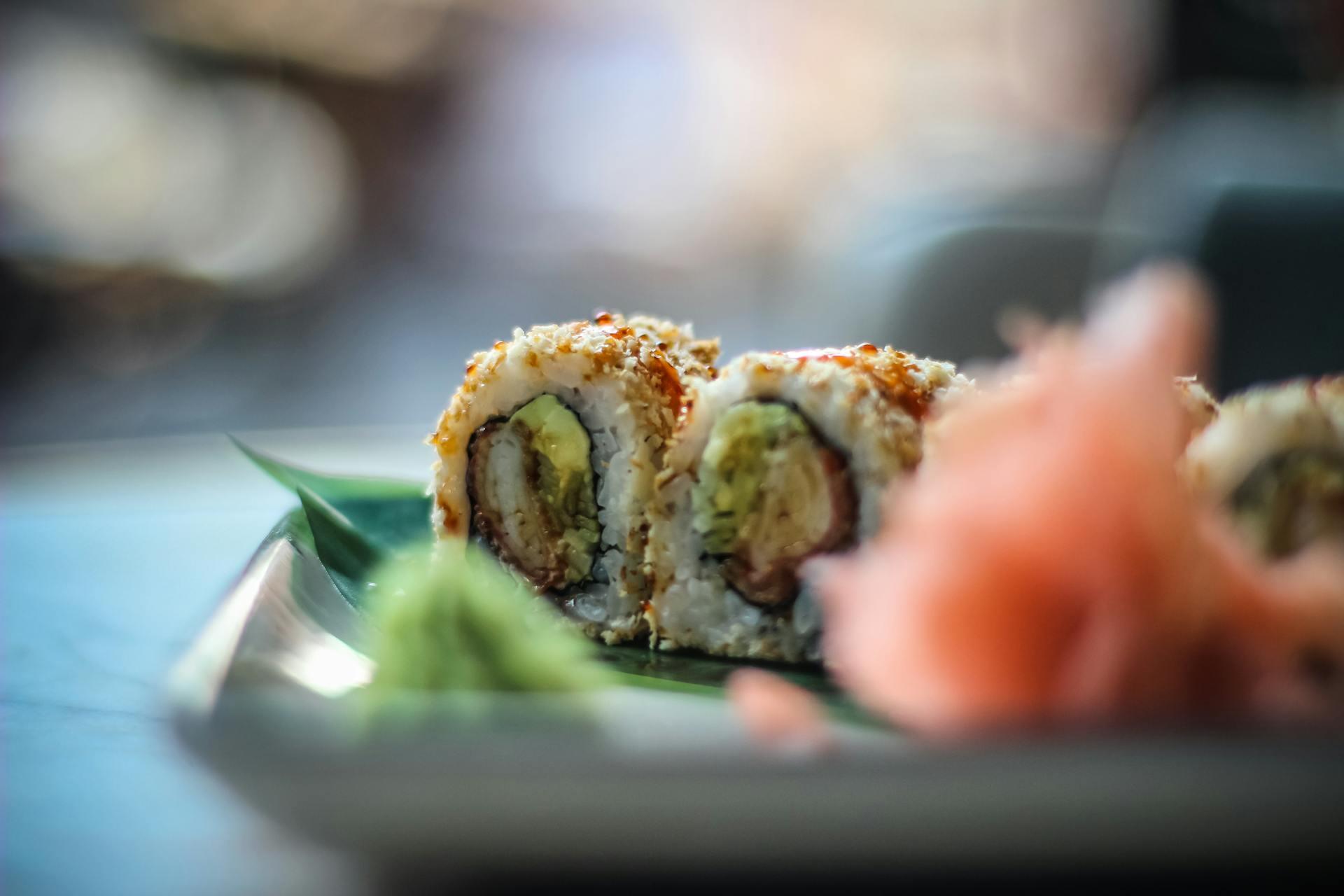
In terms of its history, Urumaki is actually purported to be a relatively modern creation - likely originating in Los Angeles during the 1960s as a way to introduce sushi to fussy American diners who were put off by the sight of seaweed.
The California roll is widely considered to be the most popular of the uramaki variations. Generally, its ingredients consist of imitation crab, avocado, and cucumber. It's often garnished with a sprinkle of sesame seeds or tobiko as well.
Nigiri: Simplicity, Skill, and Balance
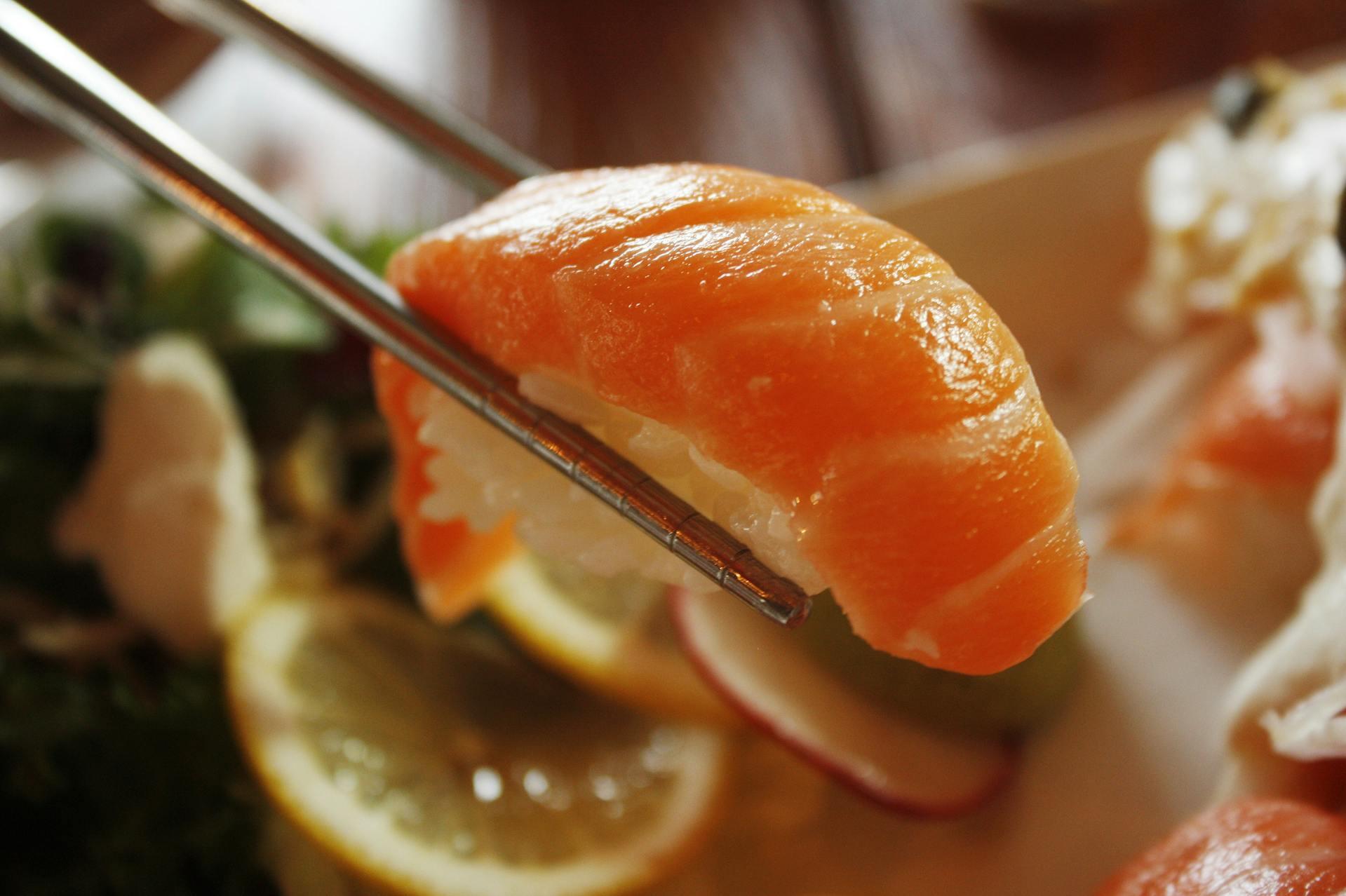
Nigiri is another one of the most recognisable forms of sushi. Rooted in tradition and known for its uncomplicated and minimalistic presentation, each piece is shaped by hand into a small compact mound of rice and then topped with a slice of raw fish or other ingredient like prawn or eel.
Usually chefs also tuck a touch of wasabi beneath the fish in order to lift the flavours without overpowering the dish too much.
Make sure to dip nigiri fish side down into soy sauce to avoid the rice falling apart. You'd be surprised how many people have made the mistake of dipping it wrong and finding out the hard way!
Sashimi: Pure and Unadorned
Funnily enough, Sashimi isn't actually classified as sushi (though you'll still see it on the menu). It stands out because it focuses primarily on freshness and the precision it takes to splice each piece of fish just right. More often than not it's served with something like soy sauce, wasabi, pickled ginger or daikon.
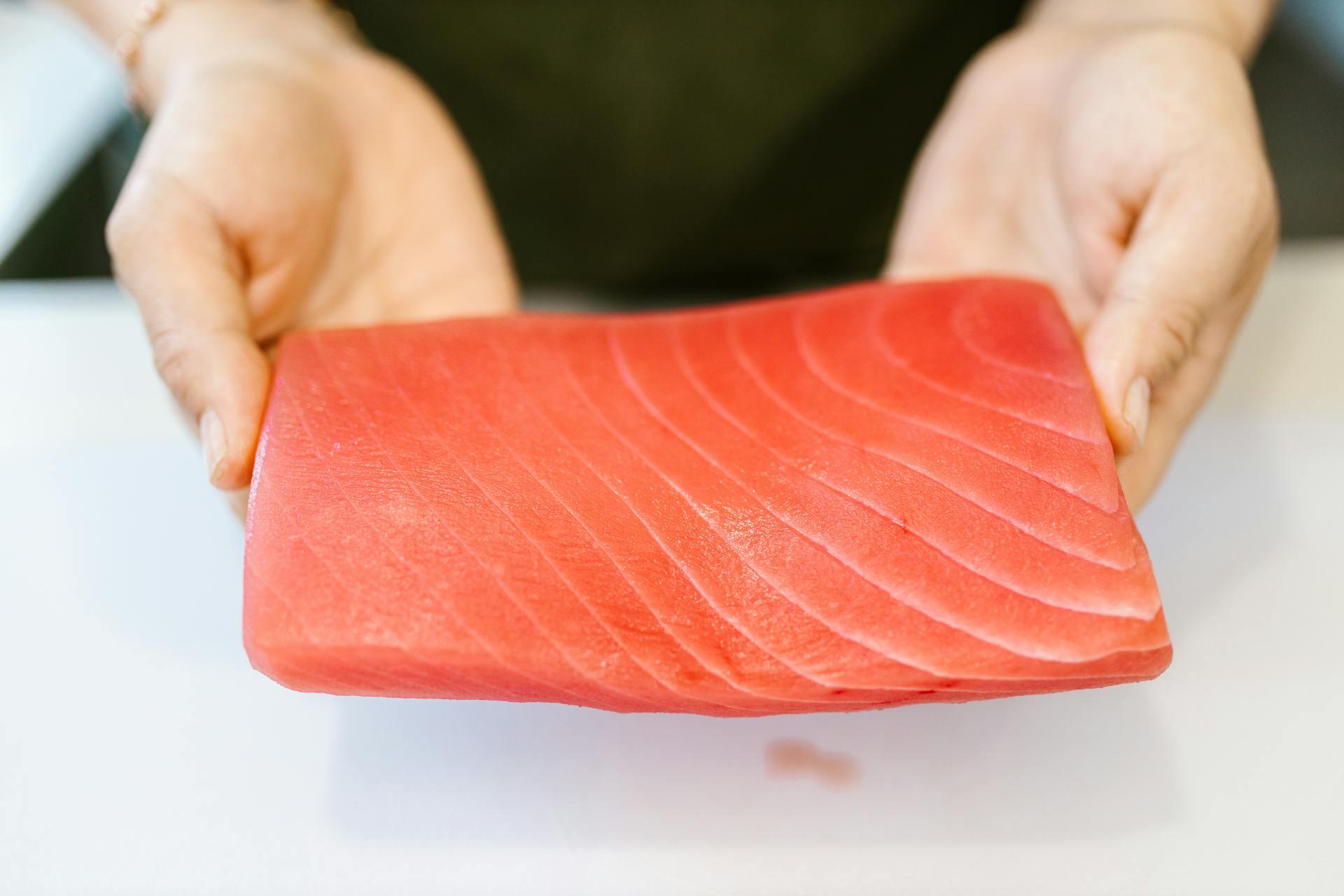
Popular choices of fish used for sashimi may include:
- Otoro (fatty tuna belly)
- Hamachi (yellowtail)
- Tako (octopus)
- Hotate (scallop)
It's a common misconception that it's raw fish that makes sushi what it is, however this couldn't be further from the truth - It's actually the rice. As long as there's vingared rice involved, any dish can be considered sushi, even if there's not a fish or crustacean in sight.
Temaki: The Hand Rolled Favorite
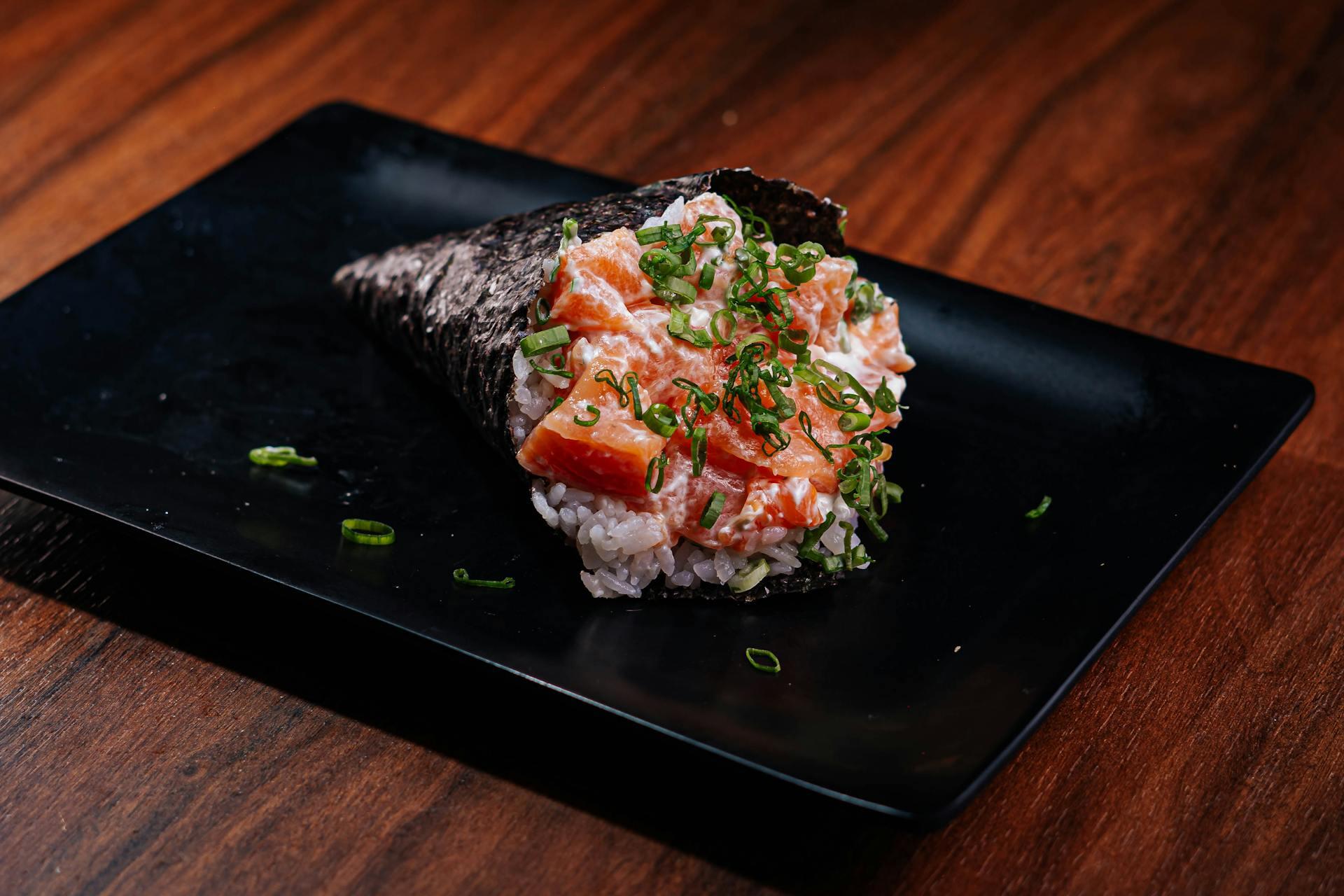
Temaki is an interesting and unique style of sushi that is made by wrapping a sheet of nori around rice and filling it with various fillings like spicy tuna, cucumber, pickled vegetables, or even sprouts - the end result resembling a sort of cone.
A word of warning: if you order Temaki for yourself, make sure you eat it quickly as the crispy texture will rapidly soften once exposed to any air as well as the moisture in the rice and other fillings.
Inarizushi: The Sweet Alternative
Inarizushi is a bit of a hidden gem among the many different sushi rolls. Perfect for those with a sweet tooth or those who don't get on well with fish, it's ingredients are made up of (you guessed it) vingared rice packed into a pouch of aburaage - basically deep fried tofu that's been simmered in a sweet soy based sauce.
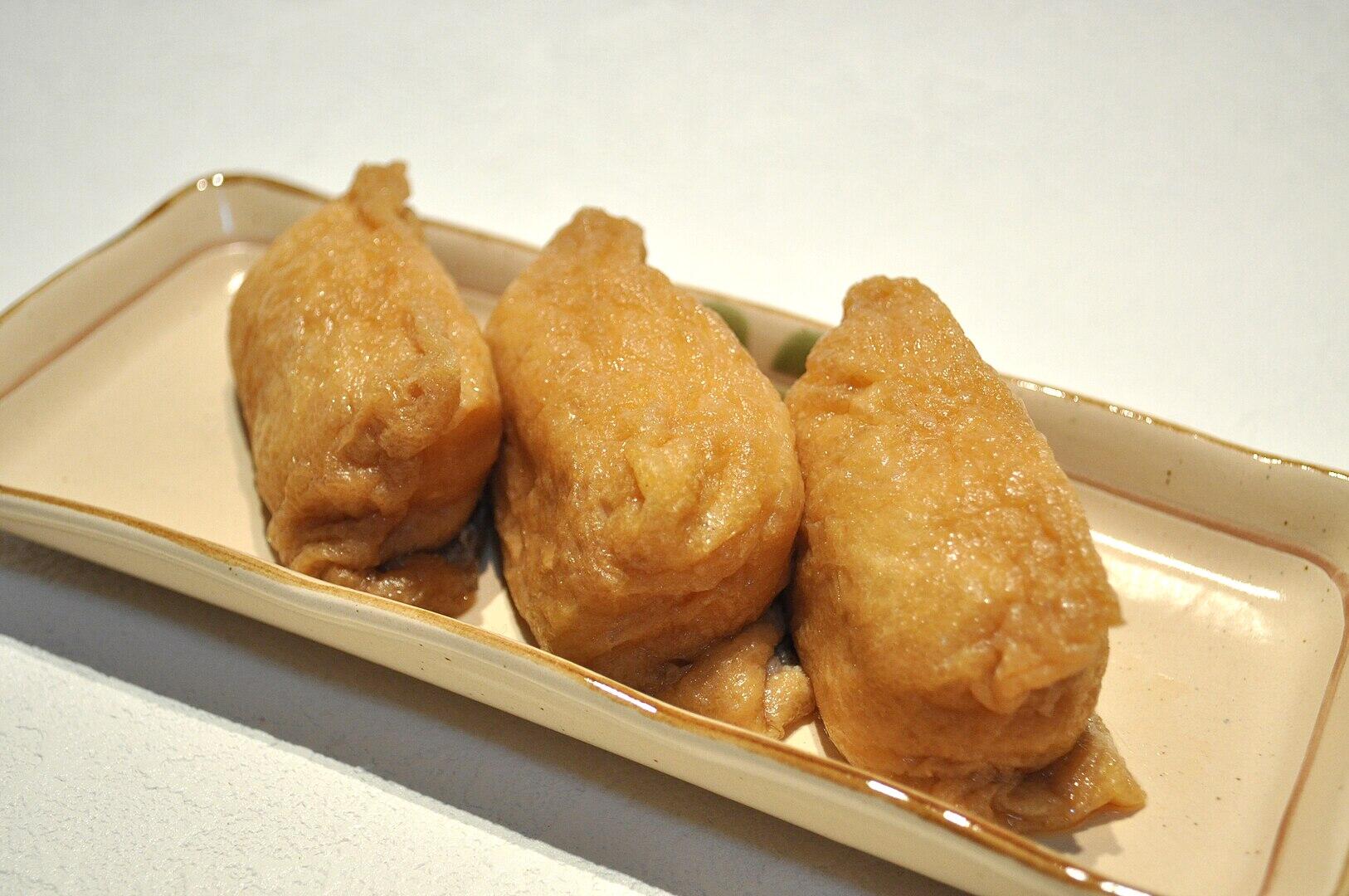
While it's traditionally filled with plain rice, you can also find versions of Inari that include ingredients like sesame seeds, finely chopped veggies, or furikake.
Chirashi: Sushi Served in a Bowl
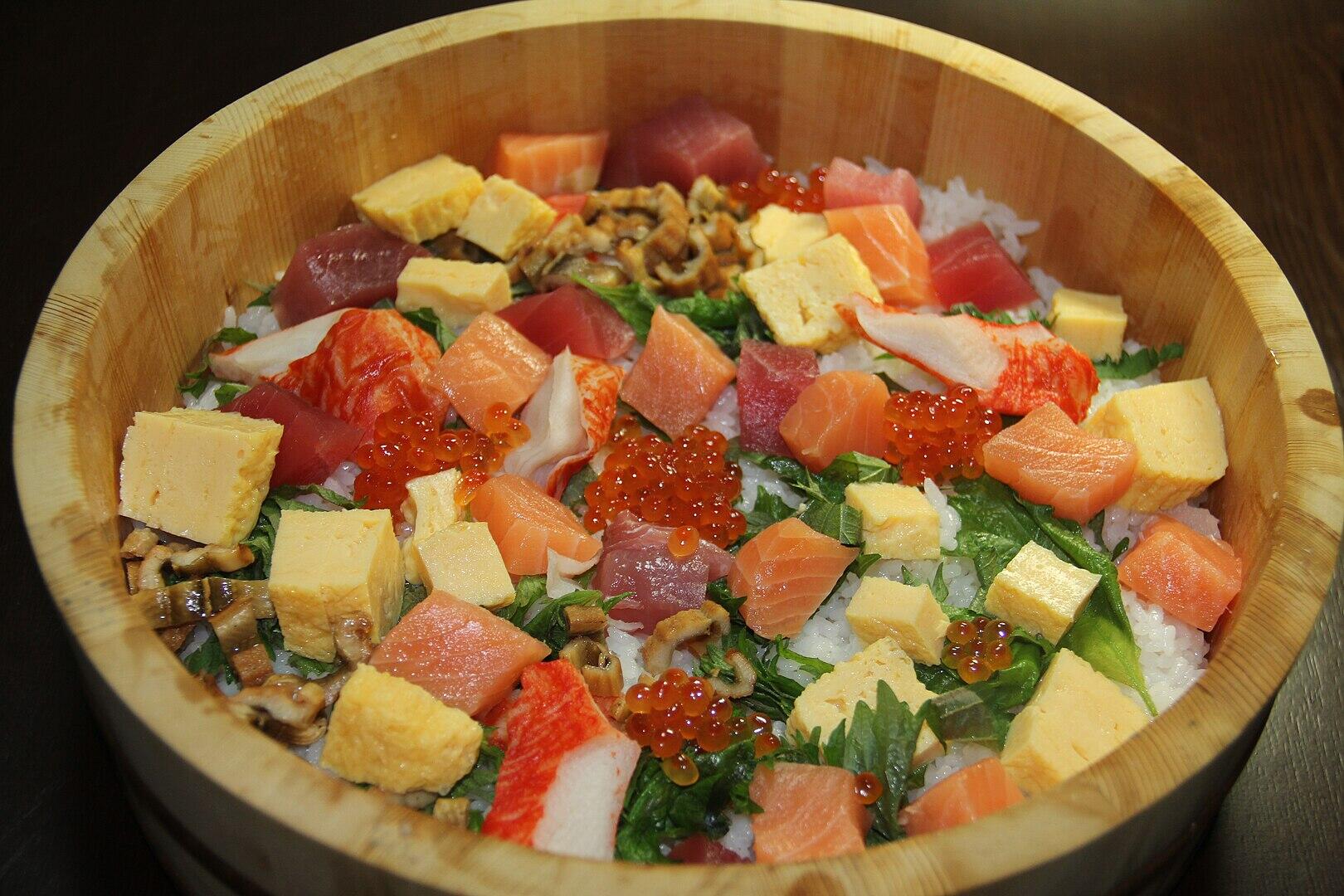
Chrashi, short for chirashizushi, means scattered rice in Japanese. Unlike its hand rolled/hand formed cousins, this style is served as a rice bowl which is topped with a variety of ingredients - think raw fish, tamago (sweet egg, pickles, and shredded nori.
Chirashi is widely considered one of the most flexible sushi types primarily because there's not really any set formula to it. Toppings can vary by region and season for example, and it's often also used as a way to showcase any leftover sashimi or to showoff local japanese ingredients.
Oshizushi: Sushi Pressed into Shape
Hailing from the Kansai region of Japan, Oshuzushi (pressed sushi) is made using a wooden mould called oshibako. During this fascinating process, layers of rice and cooked or cured fish (mackerel being a common favorite) are packed in, pressed flat, and finally sliced into a selection of neat rectangles.
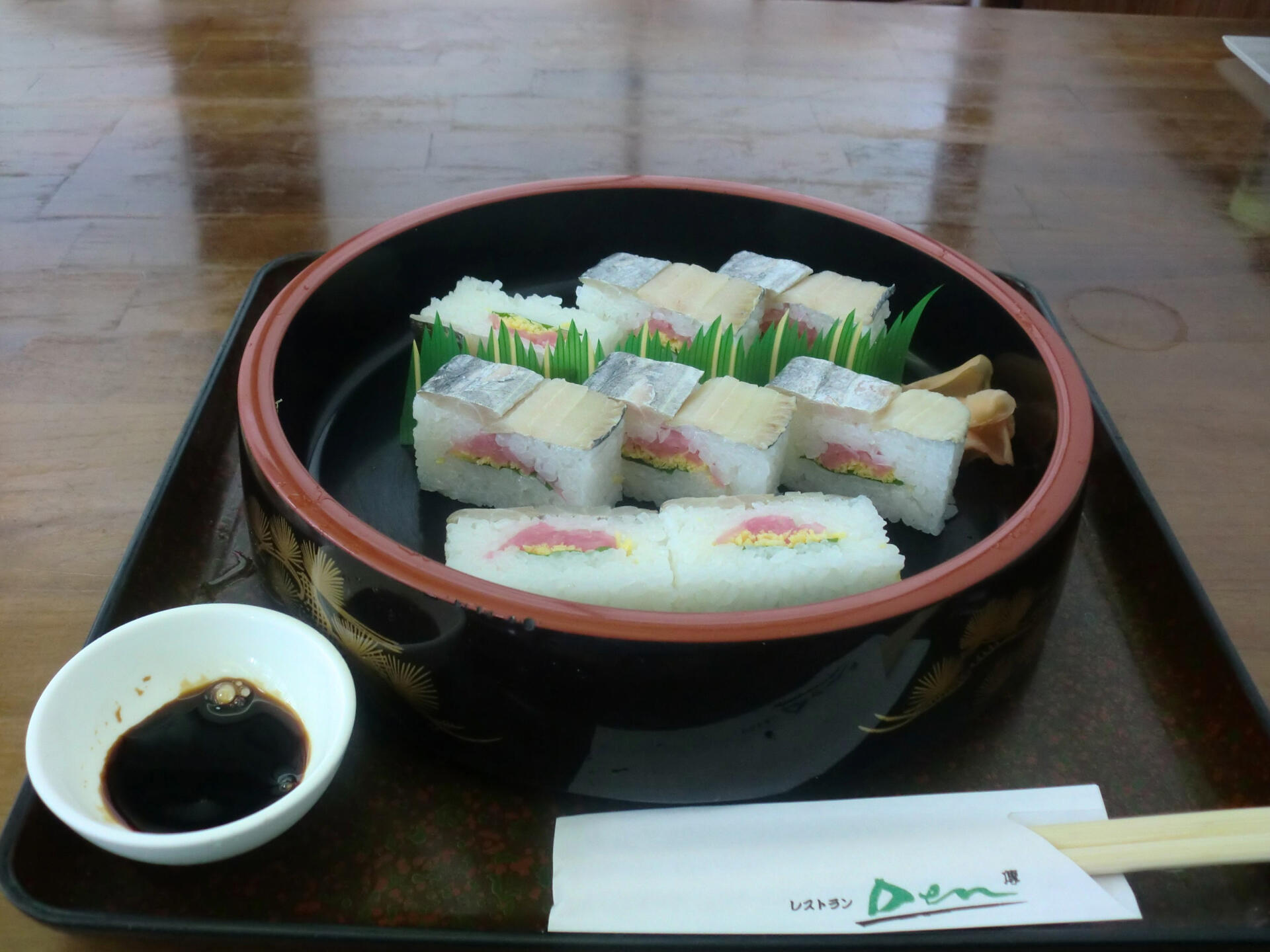
Sadly, this style of sushi is a bit of rarity in the west but you can find it served in traditional sushi shops around places like Osaka and Kyoto. Did you know you can also sign up for sushi making classes with a professional sushi chef or buy a sushi making kit to try out at home?
Gunkanmaki: The Battleship Role
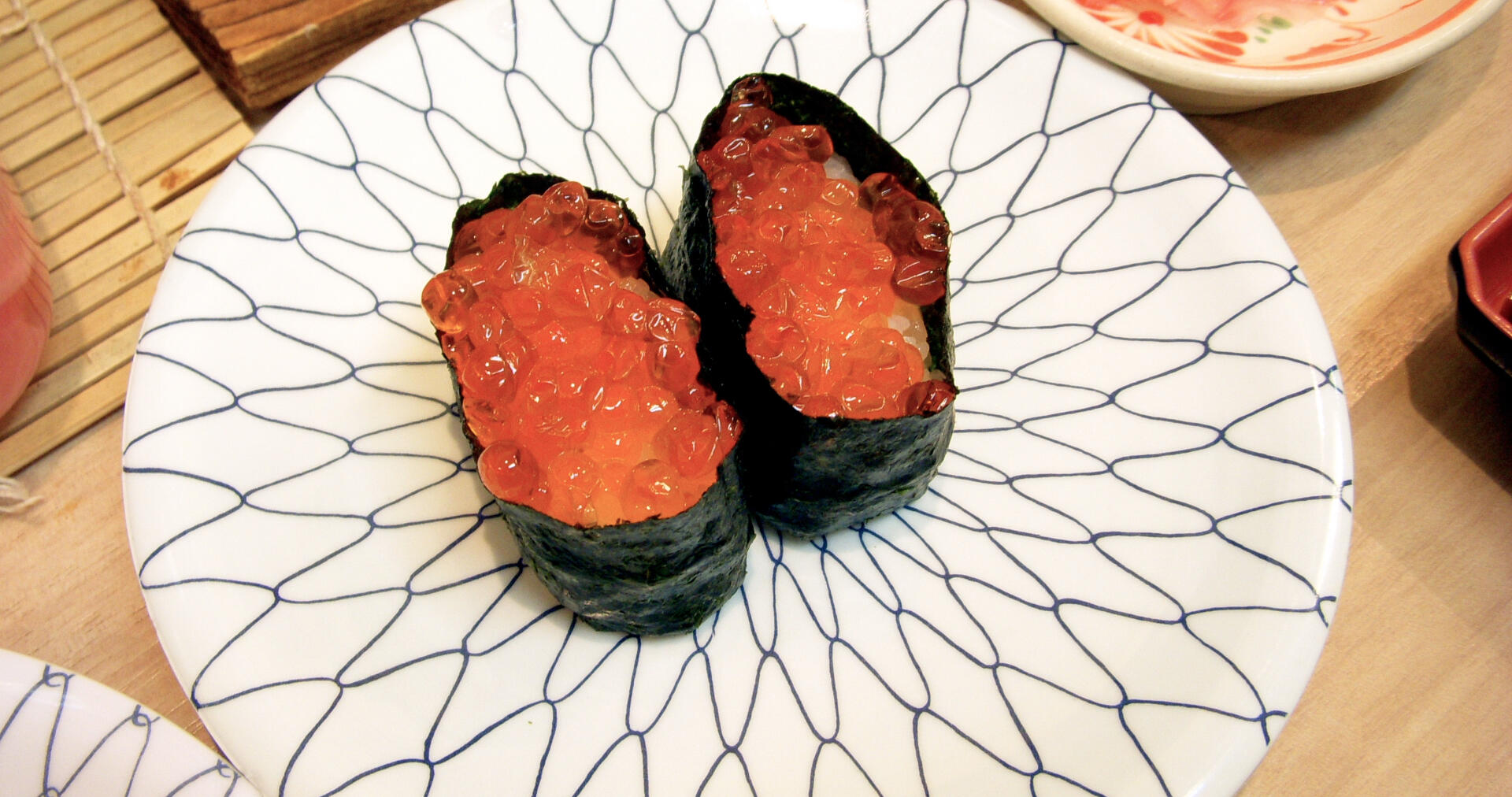
Gunkanmaki (translated is warship roll) is a clever design of sushi where a strip of nori is wrapped around a small oval of rice to make a cup like shape. Due to the way it's shaped, looser or more delicate toppings can be added without them falling off - like salmon roe (ikura), sea urchin (uni), or chopped scallops with mayo.
Generally Gunkanmaki is served in a pairs which sort of resemble tiny boats floating on a plate.
Kazari Sushi: Decorative and Artistic
While you're not likely to see it on everyday sushi menus, kazari sushi (also called decorative sushi or art sushi) has become incredibly popular on social media with home cooks showing off all sorts of dazzling creations.
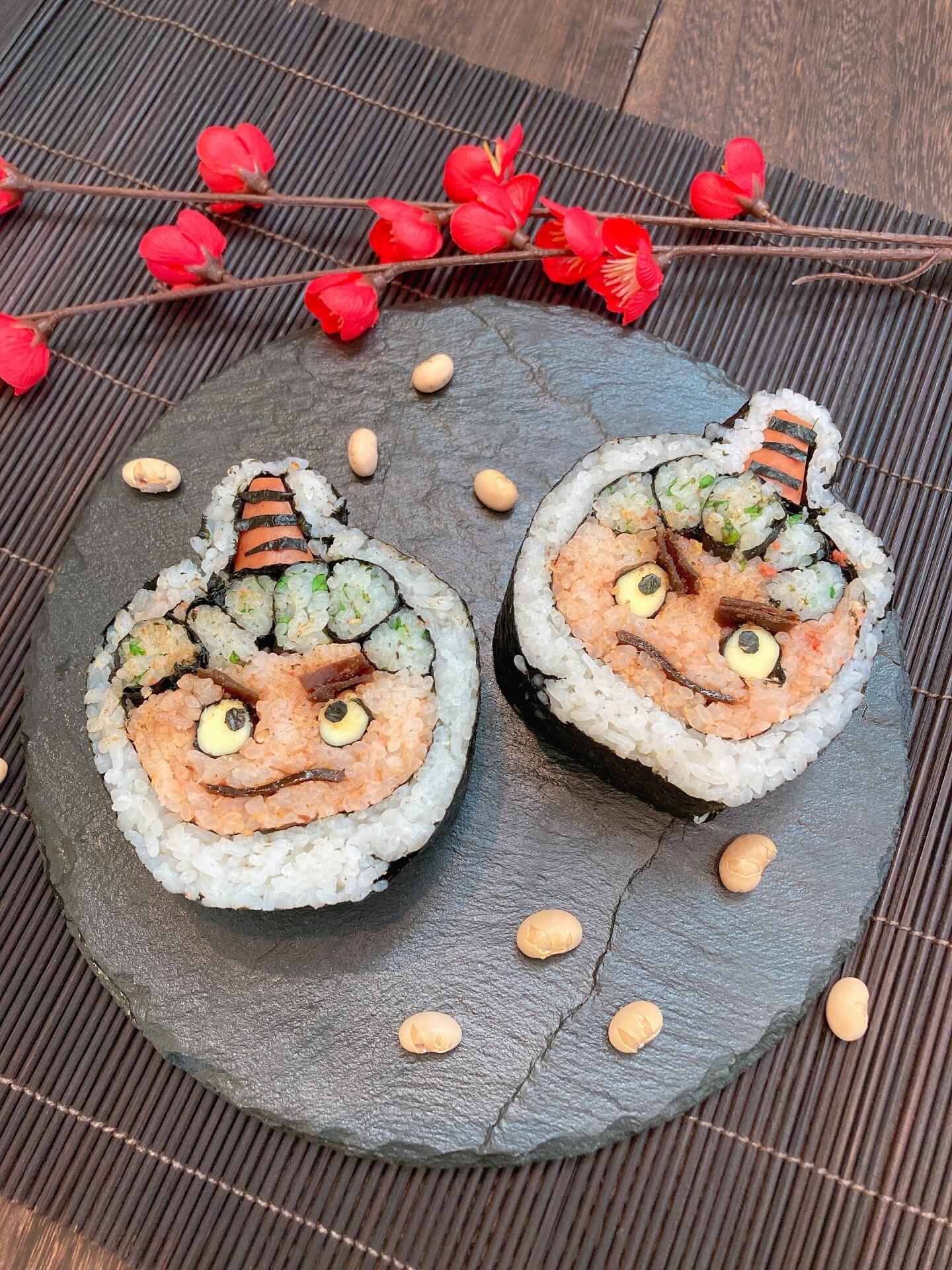
Unlike regular sushi rolls, they're designed so that when you slice into them they reveal a whole host of intricate patterns like flowers, animals, or symbols. And yes, they're still edible. Often, private tutors offer classes on making a variety of sushi types including kazari sushi, why not give one a go yourself?


